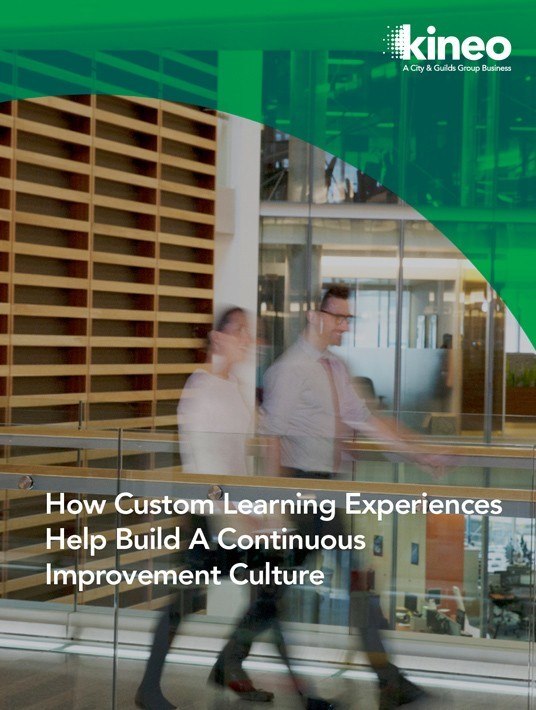Mapping Your Learner Journeys In 6 Steps
Understanding your employee needs and putting skills gaps to the forefront is essential to creating a successful learning journey with top-notch learner experiences. Let's delve into the most crucial steps you need to take into consideration for mapping the learning journey.
Give me six hours to chop down a tree and I will spend the first four sharpening the axe.
Abraham Lincoln

1. Think About Your Audience
One of the most important steps of your design is to understand your audience. Knowing who the employee is will determine what type of experience will work best for this learning journey.
- What are their roles, goals, and aspirations?
- What experience do they have?
- What environment do they usually work in? What hours do they work?
- What access to technology does this audience have and how do would they usually consume learning content?
- What are the pain points (or barriers) they have?
- Are there any constraints on their time e.g. Do they work in shifts and so on?
- How do they prefer to learn?
Top tip: Use a persona template to help you capture this information for the learning journey.
2. Understand What You Really Need—Not What You Think You Need
Once you know your audience, you should think about any specifics ‘Paths’ that need to be catered for:
- Does the journey need to be split into learning paths e.g. levels of experience?
- Does the journey need to recognise their career progression e.g. First Level Manager to Senior Manager?
- How does the content change to meet these different pathways?
Tip: Think basic, intermediate to advanced to help guide you.
3. Map Your Skills Gaps
Another way to better understand what you need for the learning journey is to map skills gaps across your organization using performance management software and a development plan that doesn’t just involve an annual appraisal.
4. Be Clear In What You’re Setting Out To Do
Whenever we ask anyone to do anything, it's good practice to make clear why we're asking. Without the fundamental understanding of ‘the why’, humans are neither motivated to complete the work or to leverage their natural capabilities and experience in doing so. Offer transparency with your learners. Communicate real benefits, as well as real risks, and be as honest and open as you dare...
5. Make The Path To Find It Clear
If no one is visiting your learning in the first place, then what’s the point? We need to bring it out of the dark and into the light. Ideally, every piece of learning will have its own way of letting people know that it’s there and why it matters. It helps to start the communication process early, whether that’s via a simple scream-mail or through a full-on comms campaign that makes use of multiple delivery channels. Check for authenticity in your tone of voice, accuracy in your information, and where possible, personalise your message rather than automate it! We’re not dead yet…
6. Create A Seamless Experience
As human thinking is so driven by our unconscious, things we don’t even notice still trigger an emotional response. Encountering broken web links or having to make multiple clicks (or even multiple sign-ons) to access a piece of learning may seem minor in the grand scheme of things but they do grate and impact the overall experience.
Simple features like Single Sign On (SSO) and deep links can make the process a bit less like a trick and more like a treat. The idea behind continuous improvement sits at the heart of almost every business improvement model. Download the eBook How Custom Learning Experiences Help Build A Continuous Improvement Culture and get to discover how a great approach and custom learning experiences can help develop and support those goals.


